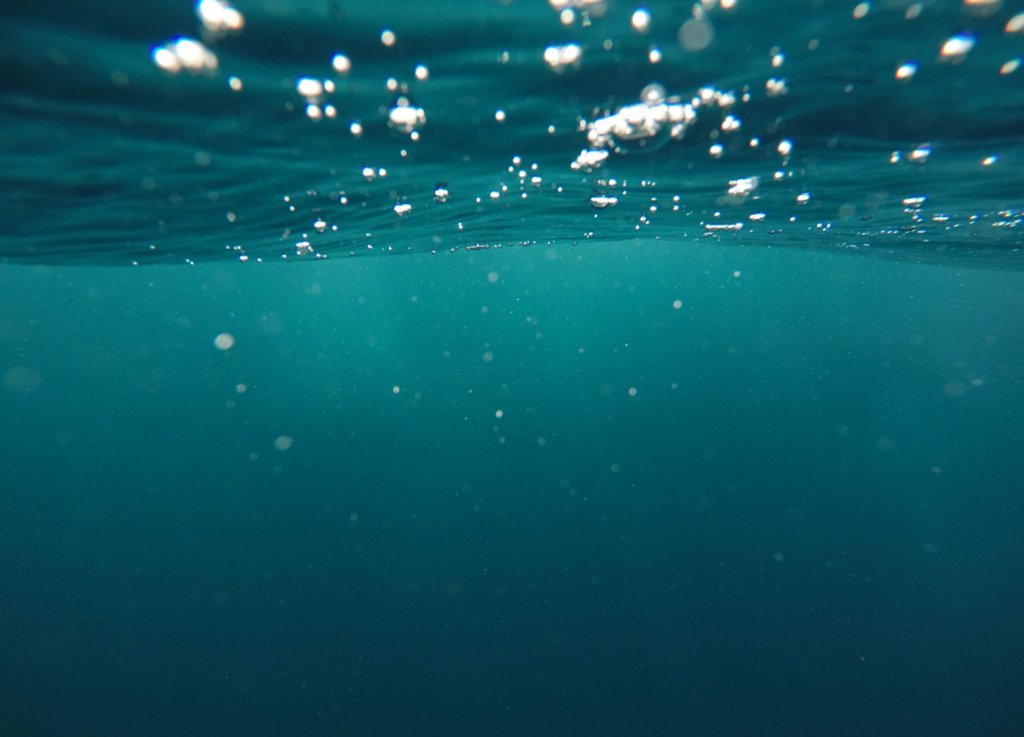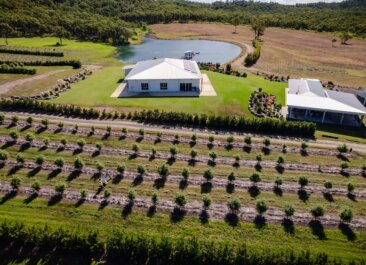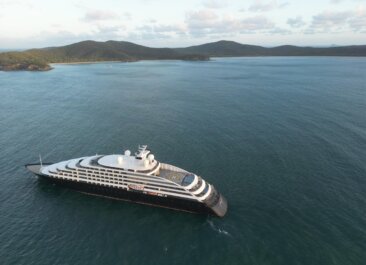Shark Drum-lines back in Queensland
Posted on February 12th, 2020
Updated 17 February 2020
The Australian Government has committed $5 million to the Queensland Government to improve swimmer safety in the Great Barrier Reef Marine Park, by reinstalling standard shark drumlines while investing in modern technologies to mitigate the risk of shark attacks, and moving to a shark control program which is consistent with the requirements of the courts.
$4 million will assist the Queensland Government in adopting modern technologies including smart drum lines, drone surveillance, swimmer education and safety netting, while it also reintroduces its standard drum lines.
47 drumlines will be returned to the water at Central Queensland beaches within the Great Barrier Reef Marine Park including:
- Emu Park
- Fisherman’s Beach
- Tanby Point
- Mulambin Beach
- Kemp Beach
- Lammermoor Beach
- Cooee Bay
- Yeppoon
- Farnborough Beach
In the Whitsundays, which present a different set of challenges, the Australian Government will invest $1 million for:
- research to improve our understanding of shark biology, ecology, population status and behaviour in the Whitsundays;
- trials of technological advances in shark control measures such as near real-time alerts (e.g. through a sightings app) or drone surveillance in the Whitsundays.
The government is advised that following appropriate training led by Biopixel and attended by NSW Fisheries and Aussafe, the Queensland Department of Agriculture and Fisheries intends to re-deploy approximately 120 drumlines in the Marine Park by mid-February.
People are reminded to Be SharkSmart:
- Don’t swim at dawn or dusk
- Always swim in clear water (not in murky water, anchorages, estuary mouths or canals)
- Don’t throw food scraps or fish waste overboard
- Don’t swim where fish are being cleaned
- Swim, surf, snorkel or dive with a buddy
- Follow local signage and swim between the flags at patrolled beaches.







